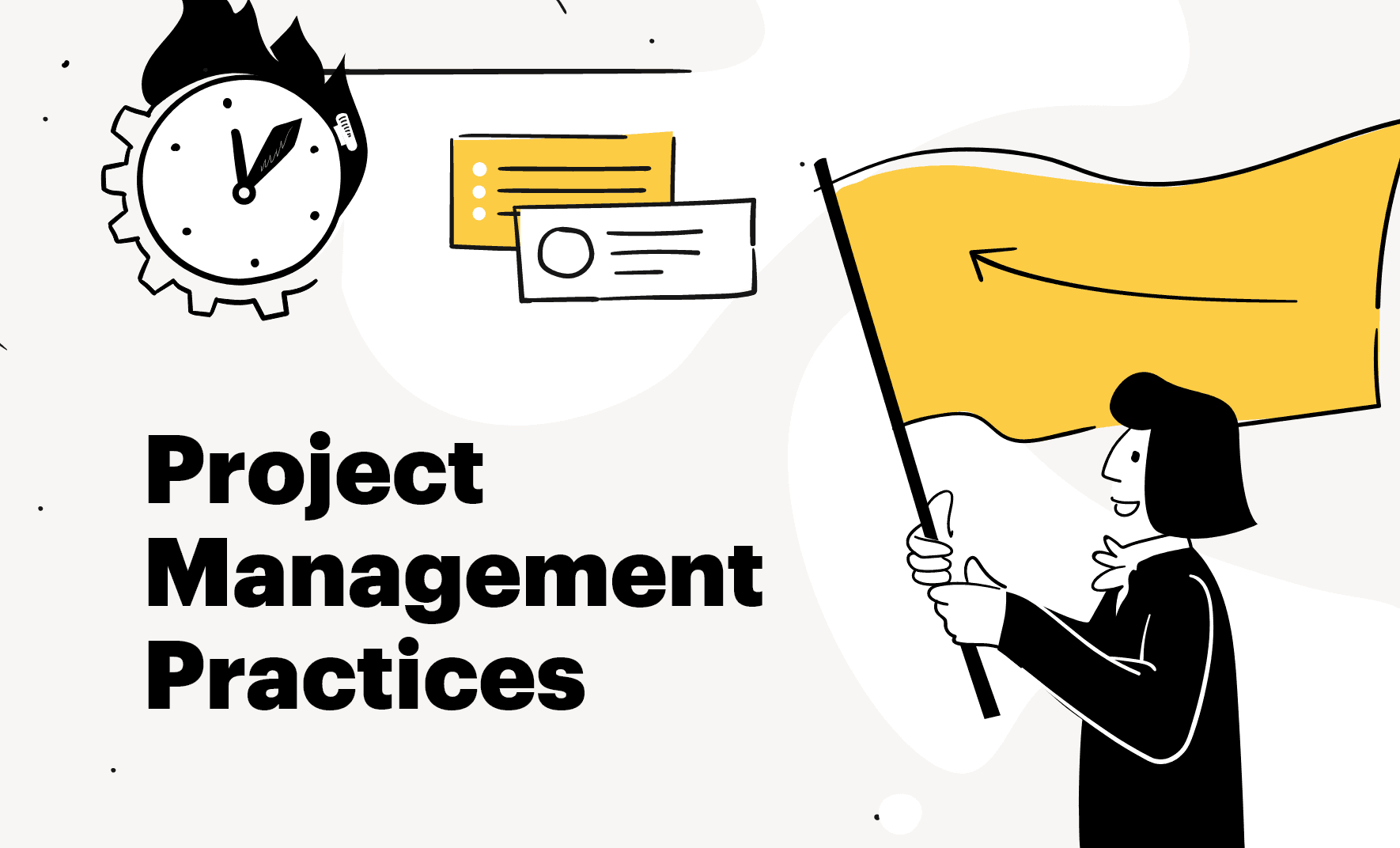Client demands shift. Deliverables stay vague. Communication sprawls across tools. Before long, projects lose direction and agency leaders are stuck firefighting. As complexity rises, owners juggle deadlines, team issues, and shifting client expectations—without a buffer or pause button.
The Missing Piece Isn’t Another Tool
You don’t need more meetings or superhuman memory. What you might need is structure—not the rigid, bureaucratic kind, but systems that actually support the work. The difference isn’t in the software; it’s in how you use what you already have.
Build Systems That Enable Creative Work
Clear Process = Clear Output
Great teams can’t compensate for broken processes. Agencies need defined systems that clarify goals, roles, scope, and timelines—before work starts. Alignment prevents reactive decisions, burnout, and missed deadlines.
When structure is embedded into the culture, creativity thrives. Everyone understands what success looks like and how to contribute. Ironically, discipline in operations enables more freedom in creation.
For more tools tailored to agencies, read best project management tools for agency owners.
Plan Without Killing Momentum
Control Scope Before It Controls You
Scope creep sneaks in through verbal approvals and unclear deliverables. Prevent it with defined scope boundaries, change protocols, and milestone checkpoints. These aren’t red tape—they’re protection for morale, budgets, and timelines.
Treat Discovery as Strategy
Rushing discovery leads to misalignment and rework. A thorough discovery process identifies constraints, stakeholders, and assumptions. It sets the tone for execution and prevents downstream issues.
Estimate Time Realistically
Plan for Complexity
Creative work isn’t factory output. Estimations must account for ideation, revisions, and feedback. Plan time in ranges. Use historical data to improve accuracy.
Schedule Flexibility by Design
Timelines that ignore real-world delays are fiction. Build in buffer time for approvals and revisions. It’s not generosity—it’s smart project management.
Manage Tasks with Clarity
Tasks, deliverables, and milestones aren’t interchangeable:
- Tasks: Units of execution
- Deliverables: Outputs the client sees
- Milestones: Strategic checkpoints that validate progress
Use time estimates to allocate effort and deadlines to align with client expectations. Learn more in effective task management strategies.
Systematize Recurring Work
Manual updates, file handoffs, and check-ins don’t scale. Template recurring actions. Automate reminders. Reduce cognitive overhead and ensure consistency.
Prioritize by Impact
Urgency-based work leads to chaos. Impact-based prioritization considers value, effort, and dependencies. Work on what moves the needle—not just what’s loudest.
Fix Communication Flow
Scattered communication breaks accountability. Define channels for:
- Updates
- Approvals
- Strategy
Adopt asynchronous check-ins instead of meetings. Improve clarity. Restore focus. See how in collaborating remotely on a budget: best practices.
Make Workflows Predictable
Map every step. Define ownership. Eliminate ambiguity—especially at handoffs. Standardize how tasks move between roles to avoid stalls.
Explore repeatable templates in building a task management system that scales with you.
Use Time Tracking for Strategy
Track time by category. Use it to spot inefficiencies, underpriced services, and admin overhead—not to punish.
Dig deeper in time tracking methods.
Structure Client Management
Proactive communication prevents micromanagement. Define cadences. Share dashboards. Document everything. Create fallback plans for unresponsive clients. Keep ownership of the timeline.
Manage Feedback Intelligently
Structure feedback. Categorize as:
- Critical – must change
- Contextual – should consider
- Cosmetic – optional
Collect via structured forms or review phases. Keep client and internal communications separate. See feedback loops for continuous goal improvement.
Build Repeatable Execution Systems
Even custom projects follow patterns. Codify workflows: discovery, production, review. Use SOPs. Templates reduce rework and accelerate onboarding.
Plan Resources with Visibility
Capacity isn’t about calendar space—it’s about focus. Monitor workload. Avoid overcommitment. Use data to inform hiring, sales pacing, and outsourcing decisions.
Learn from Every Project
Retrospectives aren’t optional. Track:
- Scope changes
- Estimate vs actual time
- Blockers
Feed insights into future pricing, timelines, and discovery. Optimization compounds.
Lead Change the Right Way
Structure doesn’t have to feel rigid. Start with small wins—one checklist, one template. Let results speak. Build buy-in through outcomes, not explanations.
Automate What Shouldn’t Require Memory
Recurring tasks, file reminders, and status updates? Automate them. Save cognitive bandwidth for creative and strategic work.
Final Word: Clarity Unlocks Creative Work
Structure isn’t a bottleneck—it’s a decision to lead with intent. Operational clarity frees up creative energy.
With Pinrom, that structure costs just $1/user—and gives agency owners the momentum they’ve been missing.

Leave a Reply